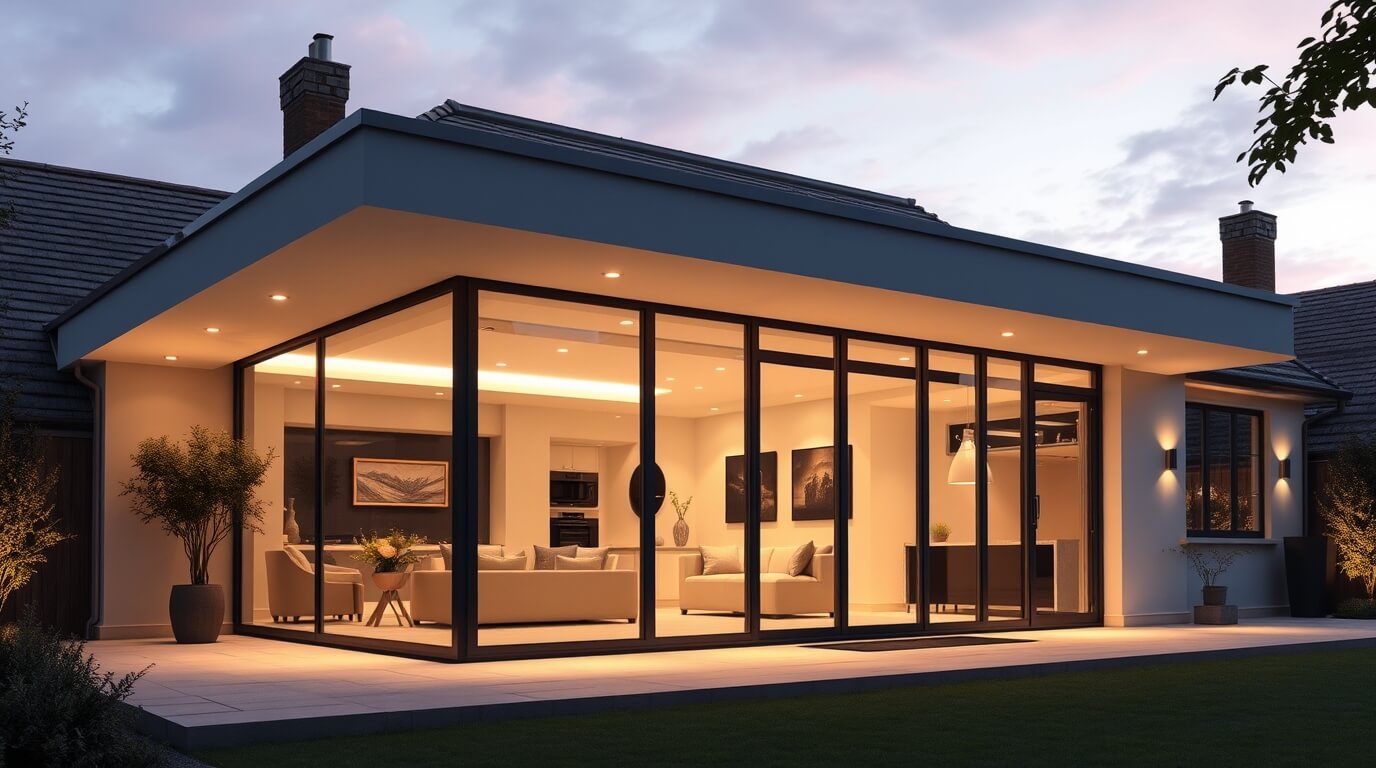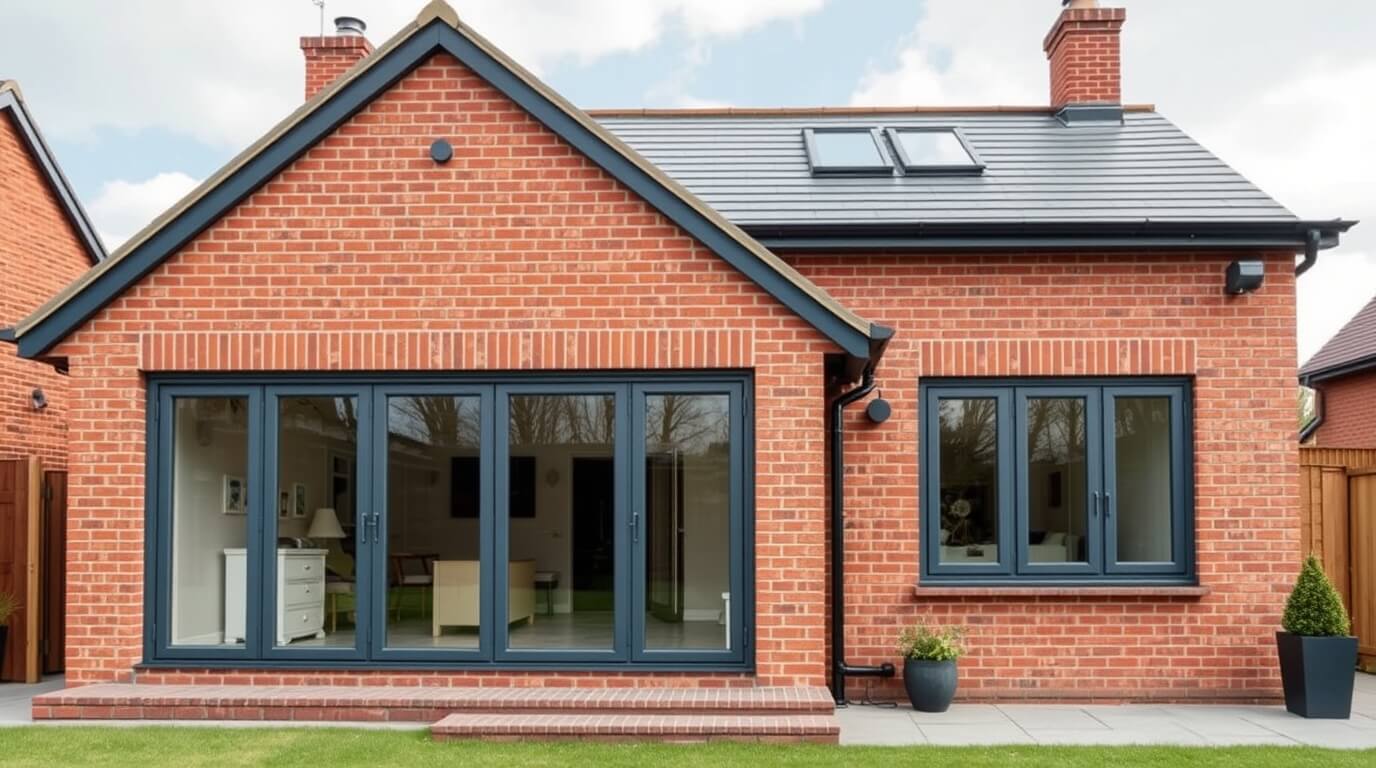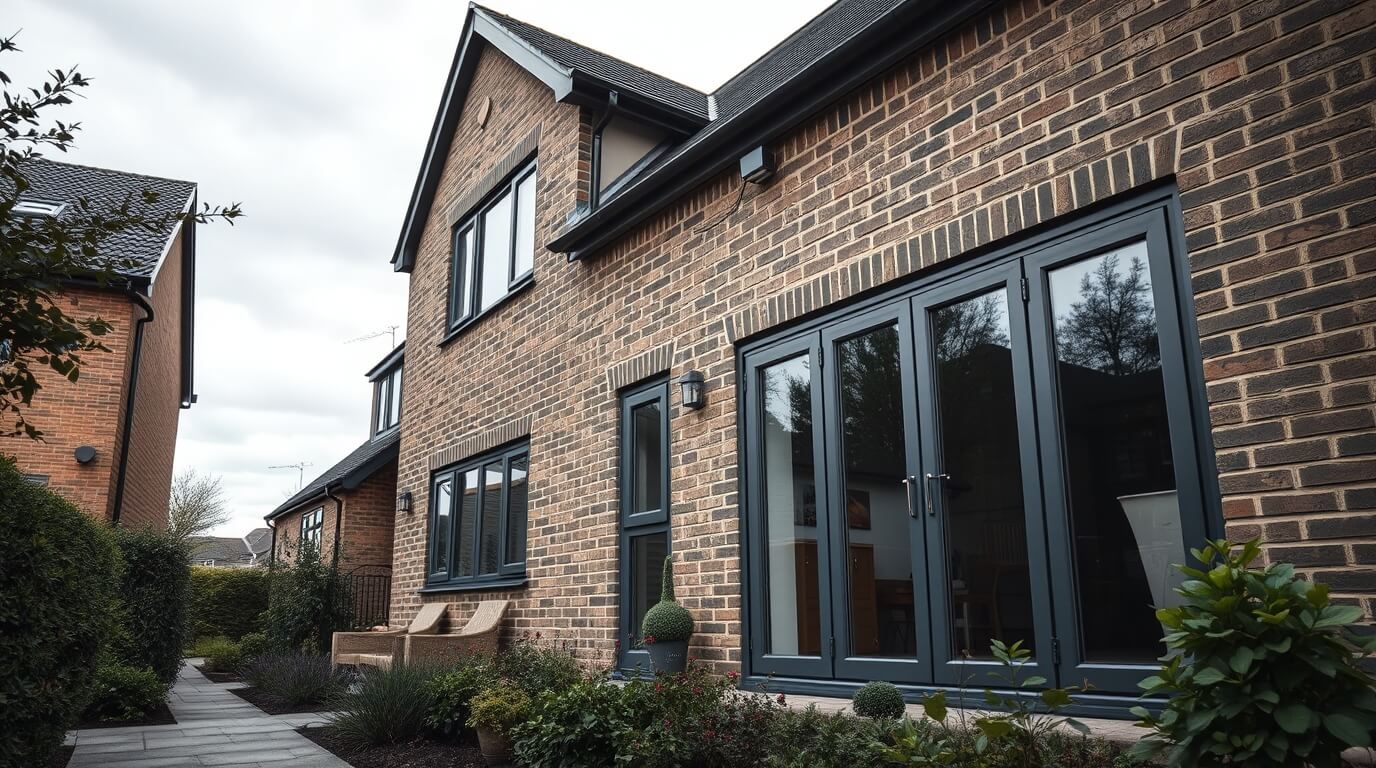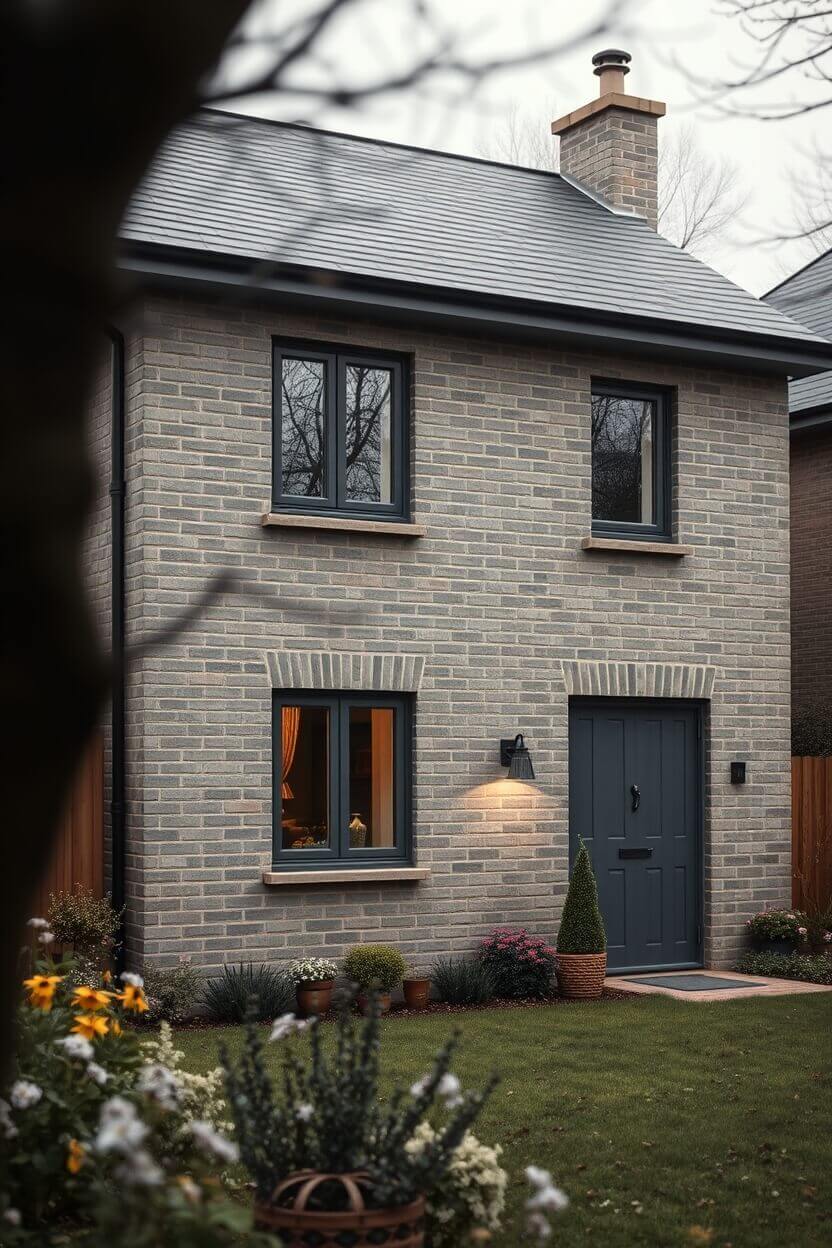When insulating a flat roof, you have two main options: warm roof system and cold flat roof. Understanding the difference is important for homeowners, builders, and roofing professionals. The choice affects energy efficiency, insulation performance, and long-term maintenance.
What is a Cold Roof?
A cold roof places insulation between the rafters, leaving the roof deck exposed to external temperatures. This method is common in older buildings and some new builds where height restrictions apply.
How Cold Roofs Work
- Insulation layer is fitted between the rafters.
- The roof structure remains uninsulated, allowing heat to escape.
- Ventilation is essential to prevent condensation issues and potential moisture build-up.
Pros of a Cold Roof
- Lower upfront cost – Uses less insulation, making it cheaper to install.
- Preserves roof height – Suitable for buildings with strict height regulations.
- Good for certain roof coverings – Works well with fully supported metal roofing.
Cons of a Cold Roof
- Less energy efficient – More heat escapes through the roof structure.
- Risk of thermal bridging – Wooden rafters conduct heat, leading to energy loss.
- Moisture control required – Requires proper insulation and ventilation to avoid condensation issues.
- Difficult to retrofit – Insulating an existing cold flat roof requires removing and replacing the roof covering material.
What is a Warm Roof?
A warm roof system places insulation above the rafters, keeping the entire roof structure insulated. This design improves thermal efficiency and minimises heat loss.
How Warm Roofs Work
- Insulation is installed above the structural deck.
- A vapour control layer (VCL) is added to manage interstitial condensation and water ingress.
- The warm side of the insulation is maintained, reducing condensation issues.
Pros of a Warm Roof
- Better energy efficiency – Minimises heat loss and improves thermal performance.
- No ventilation needed – Less risk of condensation compared to cold roofs.
- Easier installation – Can be installed without removing the existing roof covering material.
- Long-term cost savings – Reduces heating bills over time.
- Compliant with UK building regulations – Meets the highest standard for energy efficiency.
Cons of a Warm Roof
- Increases roof height – May not be suitable for all buildings.
- Compatibility issues – Not ideal for fully supported metal roofing.

A sleek UK home extension with a warm roof system, maximising insulation and energy efficiency with modern flat roof design and bifold glass doors.
Key Differences:
Warm Roof vs Cold Roof
|
Feature
|
Warm Roof
|
Cold Roof
|
|
Insulation Location
|
Top of the roof structure
|
Between the rafters
|
|
Energy Efficiency
|
High
|
Lower
|
|
Installation Cost
|
Higher
|
Lower
|
|
Ease of Installation
|
Easier
|
More complex
|
|
Ventilation Required
|
No
|
Yes
|
|
Risk of Condensation
|
Lower
|
Higher
|
|
Roof Height Impact
|
Increases height
|
Maintains original height
|
|
Long-Term Savings
|
More efficient, reduces heating costs
|
Less efficient, higher energy costs
|
Choosing Between a Warm and Cold Roof
Consider a Warm Roof If:
- You want better thermal efficiency and lower heating costs.
- Your roof can accommodate a slightly higher profile.
- You prefer a low-maintenance, long-term solution.
- You need a solid roof with a proper insulation layer.
- You are planning a refurbishment of a conservatory roof or a new roof.
Consider a Cold Roof If:
- Your building has strict height restrictions.
- You need a cost-effective, short-term solution.
- You are working with a fully supported metal roofing system.
- You need a roof that supports plasterboard and internal finishes.
Additional Considerations
Waterproofing Layer and Vapour Control
A warm roof requires a waterproofing layer and a vapour control layer to maintain efficiency. The insulation layer is installed on the top of the substrate layer, ensuring complete thermal protection.
Impact on Internal Surfaces
Cold roofs may require careful planning for internal surfaces and fascia installations, as condensation issues can impact the structural deck.
Natural Light and Ventilation
Warm roofs can be used for conservatories and extensions where natural light is a priority. However, cold roofs often need ventilation to prevent structural damage from trapped moisture.

A modern UK home with a warm roof, energy-efficient skylights, and bifold doors for a stylish and well-insulated living space.
Choosing the Right Warm Roof System for Your Home
Both warm and cold roofs have their advantages. A warm roof system provides better insulation and long-term savings, while a cold roof is often cheaper but requires more ventilation and maintenance. The right type of roof depends on your building’s structure, budget, and insulation needs.
What’s the Best Choice for Your Flat Roof?
A warm roof system and a cold flat roof each offer different benefits. Choosing the right one depends on factors like energy efficiency, insulation performance, and building regulations. This guide answers key questions to help you decide which flat roofing solution suits your needs best.
What is the main difference between a warm roof and a cold roof?
A warm roof system places insulation above the structural deck, keeping the roof warm and reducing condensation. A cold flat roof has insulation between the rafters, leaving the roof deck exposed to external temperatures.
Is a warm roof more energy efficient than a cold roof?
Yes, a warm roof is more energy efficient because the entire roof structure is insulated, minimising heat loss. A cold roof allows heat to escape through the rafters, making it less efficient.
Do warm roofs require ventilation?
No, warm roofs do not require ventilation as the insulation prevents condensation issues. Cold roofs, however, need proper ventilation to avoid moisture build-up and structural damage.
Can a warm roof be installed on an existing flat roof?
Yes, a warm roof system can be installed over an existing roof surface without removing it, making it a practical solution for refurbishments. A cold roof typically requires structural changes, making it harder to retrofit.
Are warm roofs compliant with UK building regulations?
Yes, warm roofs comply with UK building regulations for thermal efficiency and condensation control. A vapour control layer (VCL) is often used to further manage moisture and interstitial condensation.

Contemporary UK home with a warm roof, anthracite grey bifold doors, and a fully insulated structure for superior energy efficiency.
Selecting the Best Warm Roof System for Energy Efficiency and Insulation
The advantages of warm roofs for UK homes are clear. From superior energy efficiency and long-term cost savings to compliance with UK building regulations, a warm roof system provides a high-performance roofing solution.
We’d love to invite you to our extensive showroom, where you can explore different warm roof systems and other roofing solutions. Our expert team is available to guide you through the selection process and answer any questions.
📍 Visit us at: 7 Pinbush Close, Lowestoft, Suffolk, NR33 7NN.
📞 Call us on: 01502 585 620
📧 Email us at: info@dreaminstallations.org.uk or use our online contact form.
💻 Get a free, no-obligation quote: Contact Dream Installations
Our team is ready to help you choose the best warm roof system for your property. We look forward to assisting you!















